On Monday, December 12, I had the opportunity to attend a field trip to a culvert with bat biologists to view hibernating bats.
On the 13th I attended the Georgia Working Bat Group annual meeting and learned so much about the Tri-colored Bat, a species of concern in Georgia which may be listed as endangered as soon as the beginning of the new year.
I met with bat biologists, naturalists, and environmental scientists and came away with some great information and connections!
Thank you to Pete and Laci Pattavina for the field trip and to the Georgia Working Bat Group for such an interesting and informational meeting. I’m so pleased to be part of this great group.
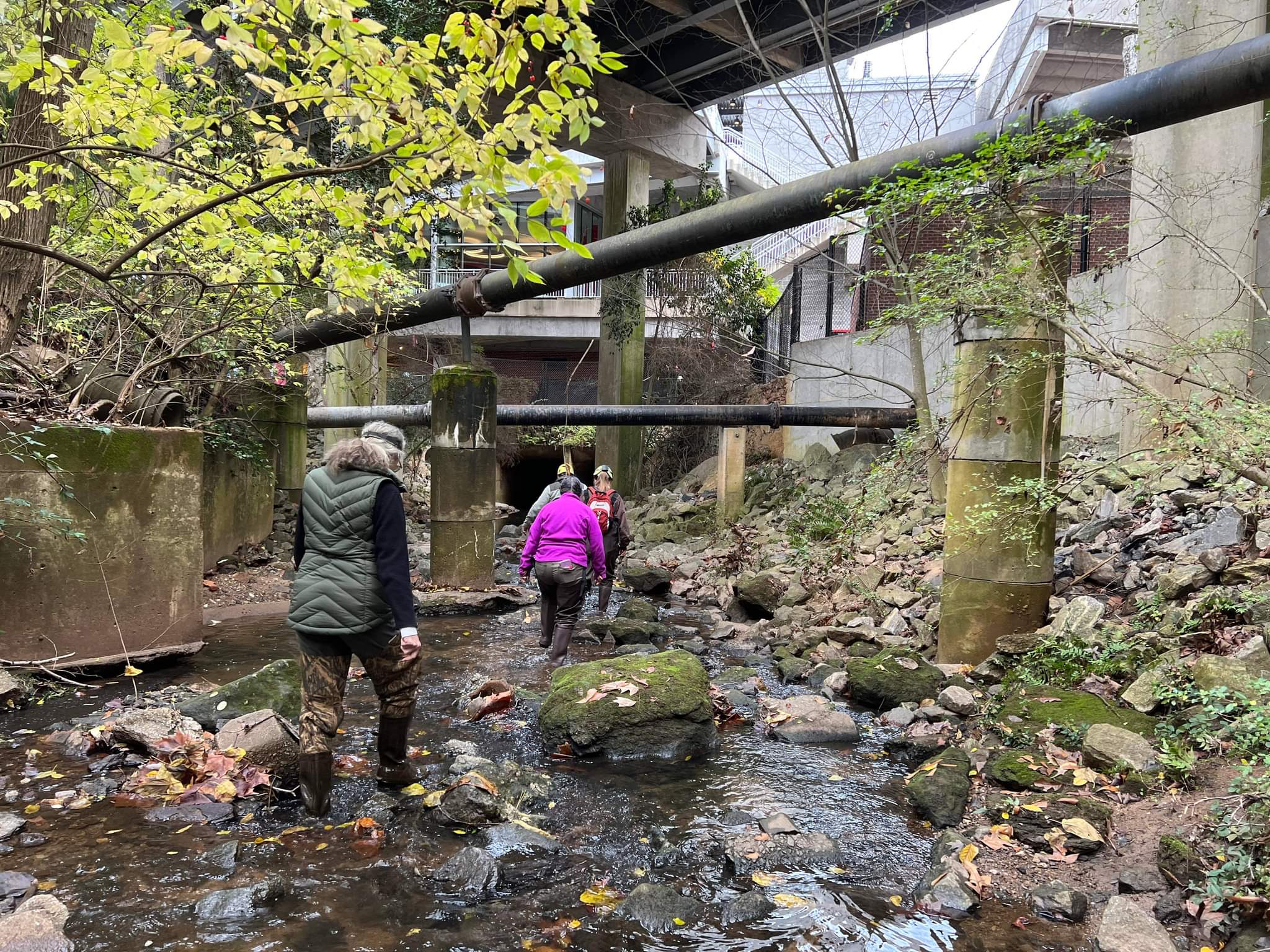
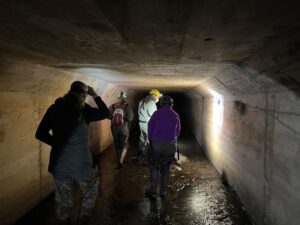
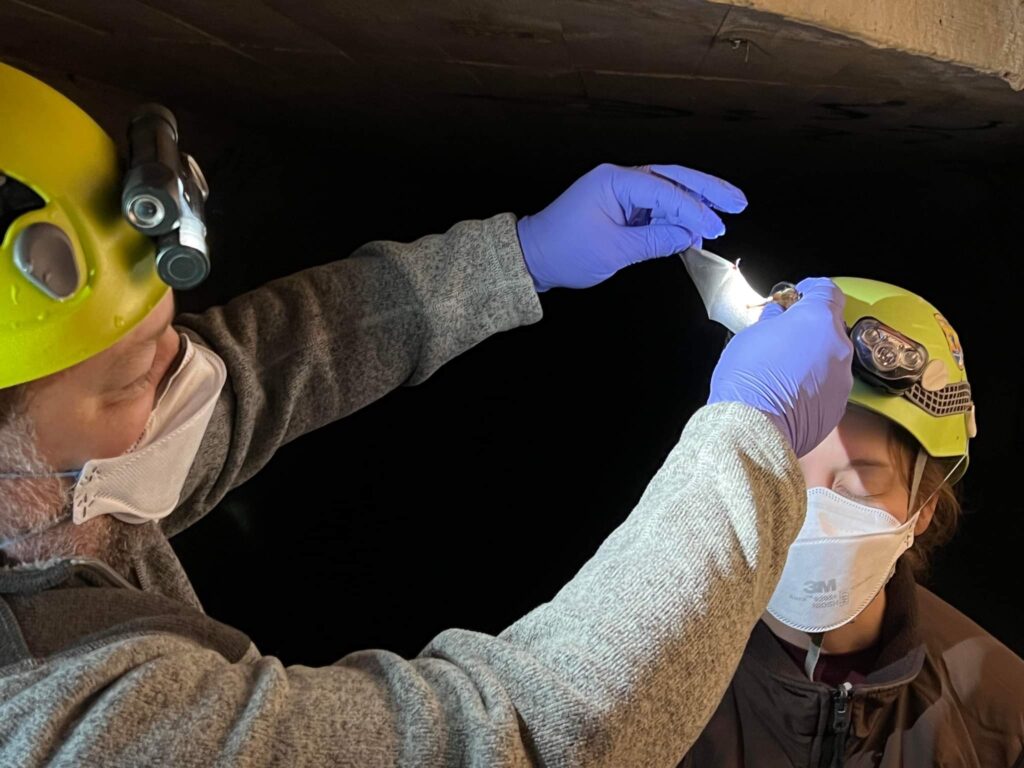
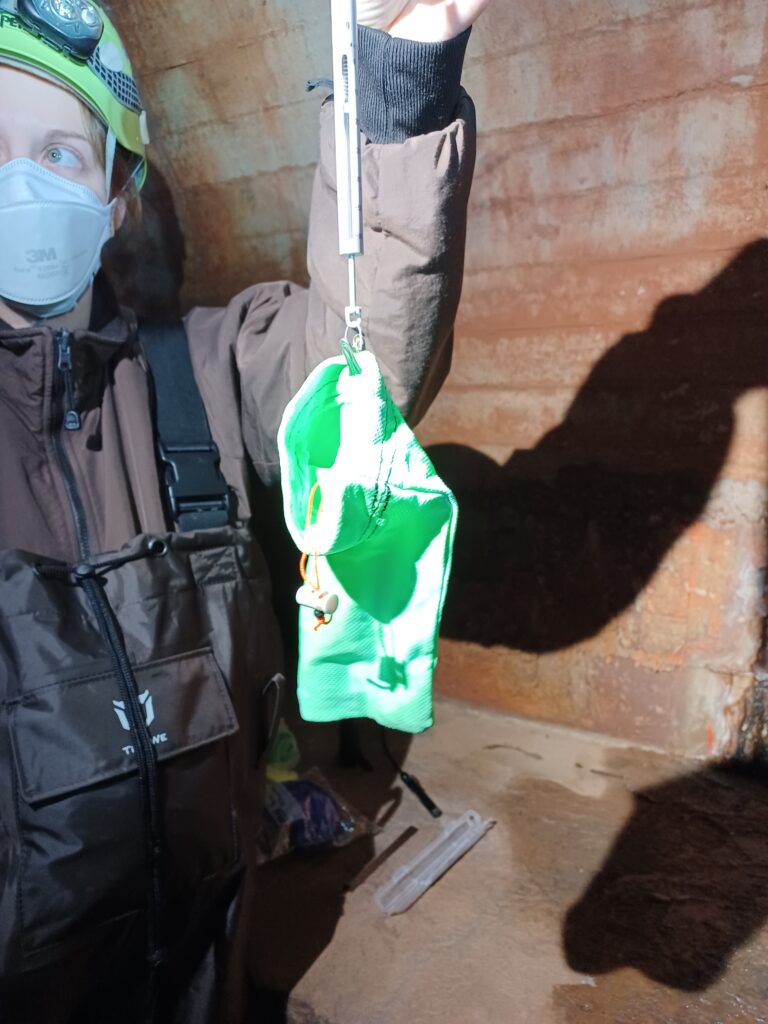
How to correctly examine a bat, even though he isn’t the most cooperative.
Thanks to Brooke Jennings of MTM Environmental for the great photographs!
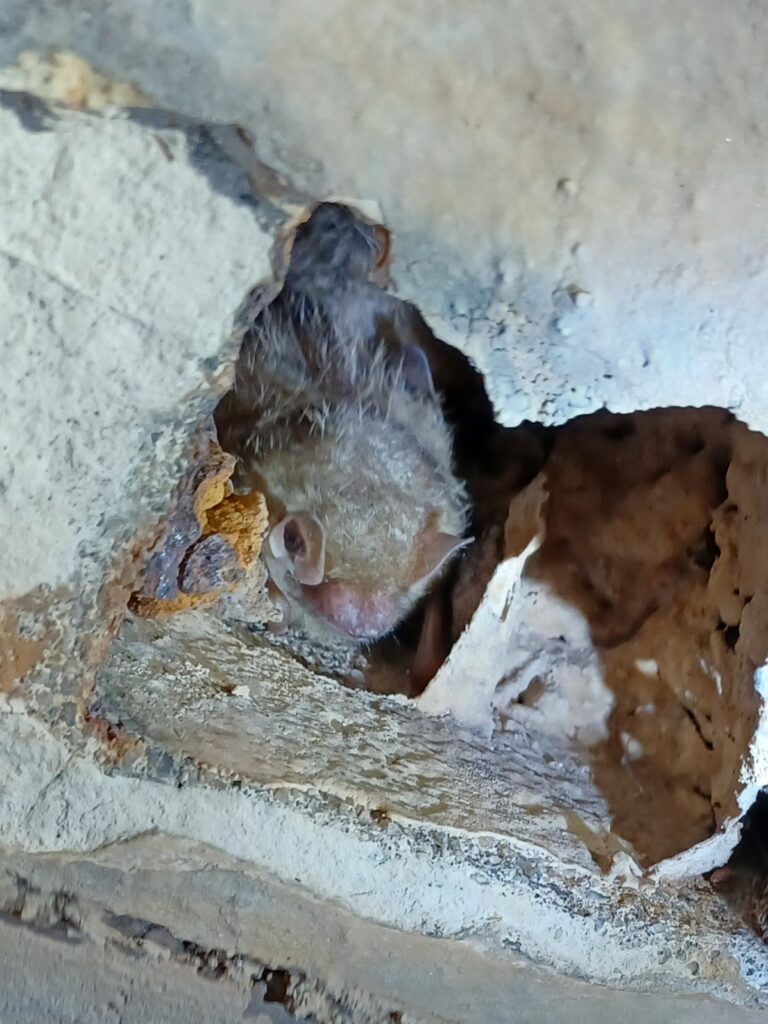
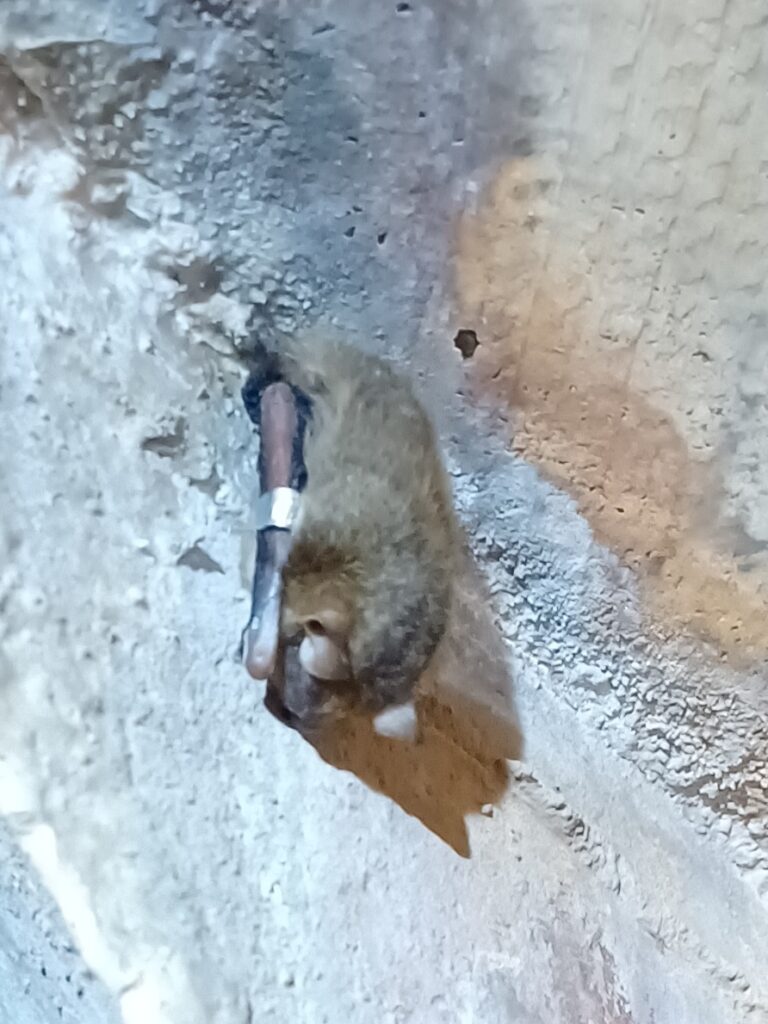
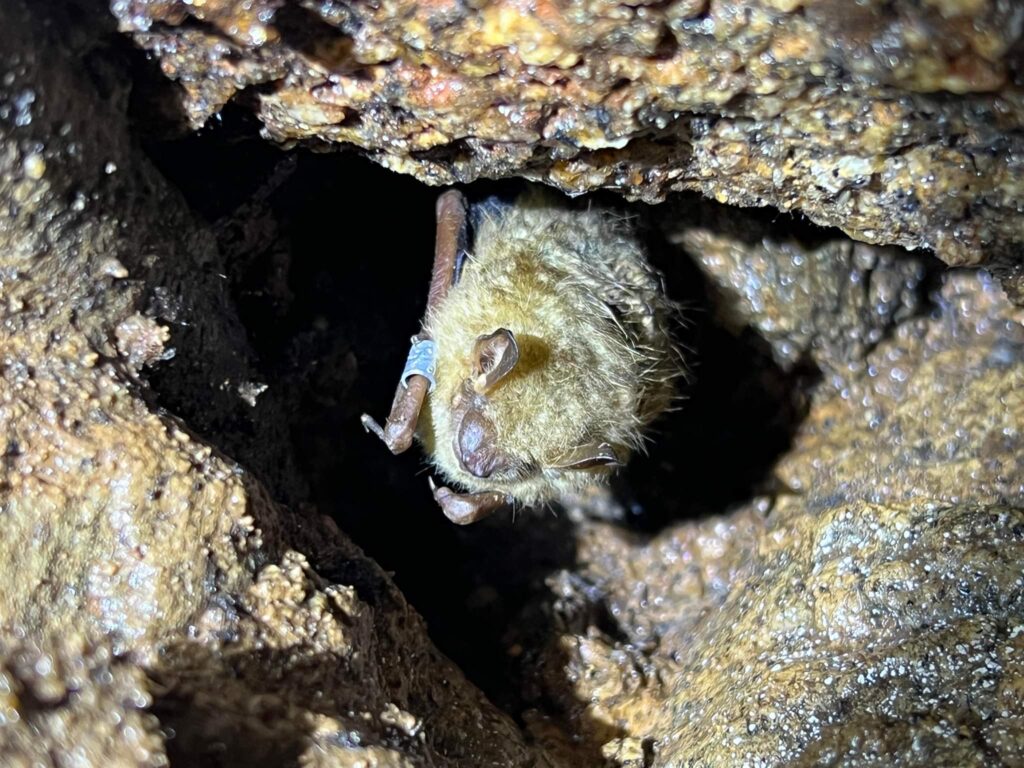
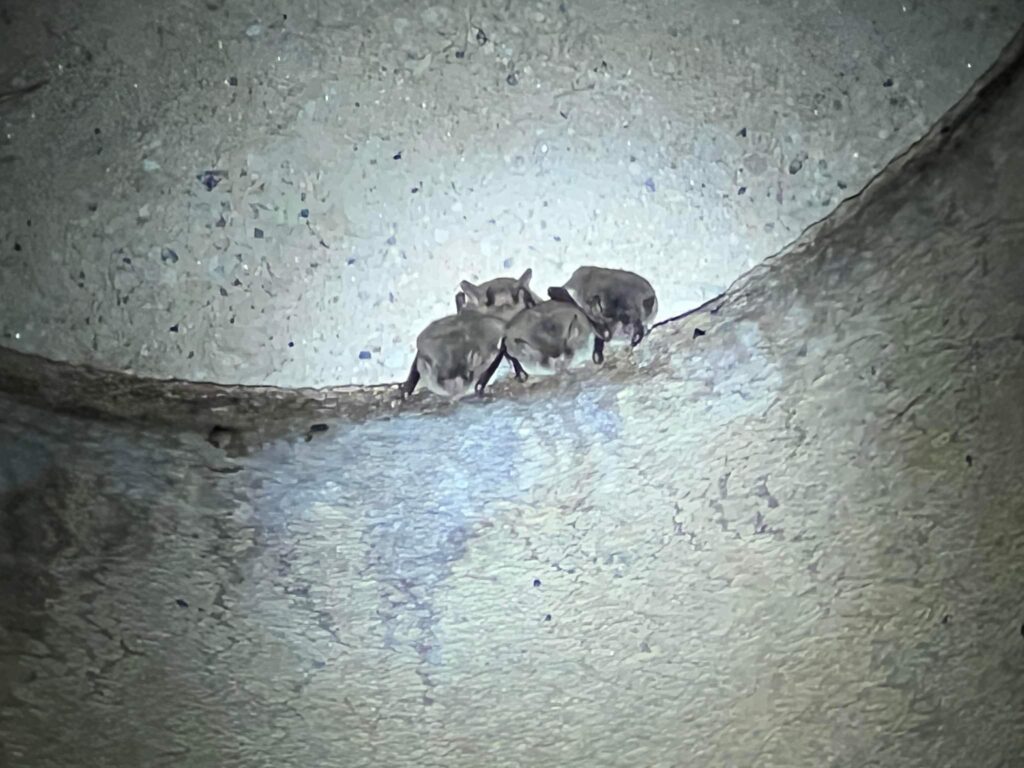
The bats we met, Southeastern myotis and Tri-colored bat
Tri-colored bat
The tri-colored bat is found throughout the state of Georgia. In September, the Fish and Wildlife Service proposed adding them to the Endangered species list. They are one of the many species that have been effected by white nose syndrome. It is estimated we have seen a decline in 90-100% of bat populations affected by White Nose Syndrome.
More about Tri-colored bats
Tri-colored bats are considered a solitary species, unlike the Big Brown which forms large maternity colonies in the summer and hibernates in large groups in the winter. The Tri inhabits trees May through October and hibernates in small groups November to April. Their maternity colonies contain only 4-7 bats. They utilize cracks in trees and leaf clusters for their colonies. One important habitat for them in the absence of caves are man made transportation structures like bridges and culverts.
One thing I learned about Tri-colored bats is that they, along with other species, are negatively affected by wind power. The strong gusts and blades are mortally wounding to our delicate bat friends.
White Nose Syndrome
White nose syndrome is a fungal disease that has been responsible for the deaths of many millions of bats since it was first discovered in the United States in 2007. The fungus, pseudogymnoascus destructans, infects the skin on the face, ears and wings of bats. Mortality is not from the fungus alone, it’s from the disturbance the itchy fungus causes.
This itchiness causes the bats to wake up during hibernation and use their precious energy reserves. The damage it does to the muzzle, ears and wings affects the overall health of the bat. You can read more about it on the National Wildlife Health Center page.
Both White Nose Syndrome and p. destructans have been found in Athens-Clarke County.
A possible solution for treating White Nose Syndrome
Science has been moving quickly on solutions and treatments for White Nose Syndrome, but not as fast as the disease itself. At the conference I learned about a treatment protocol they have tried using an atomizer attached to the front of a boat which is pushed through the cave as far as it will go. As they boat then is pulled backwards, the mechanism sprays fine particles of a probiotic bacteria which destroys the fungus.
This is a successful method for use in large caves or areas where a great number of bats are found, but difficult to scale down for culverts and smaller hibernacula (places where bats hibernate)
Southeastern Myotis
Another species we saw in the culvert on the field trip was a small group of active and adorable Southeastern myotis. They are little gray bats or brown bats that are considered colony bats. They form large maternity colonies of thousands of individuals in the Spring, and hibernate in groups during the Winter.
The Southeastern myotis is in peril. According to the Texas Fish and Wildlife Service webpage , “M. austroriparius is considered a species of special concern by the U.S. Fish and Wildlife Service. Decline has been documented in many areas, with hundreds of thousands lost in single incidents.”
In conclusion
While a lot of news about bats is sorrowful, and it isn’t likely we will ever see the numbers we did even 20 years ago, I’m still happy to see them thriving in small groups, in out of the way areas, all over the state. I may not have an impact overall on the species I rehabilitate but I help the individuals, as best as I can!
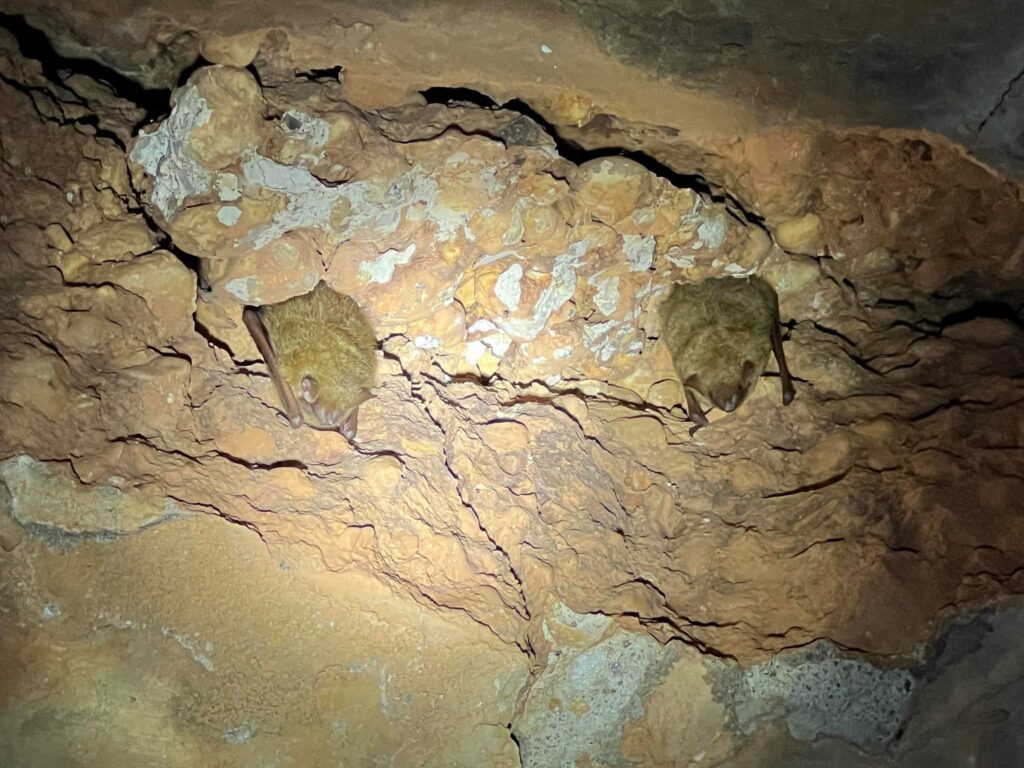
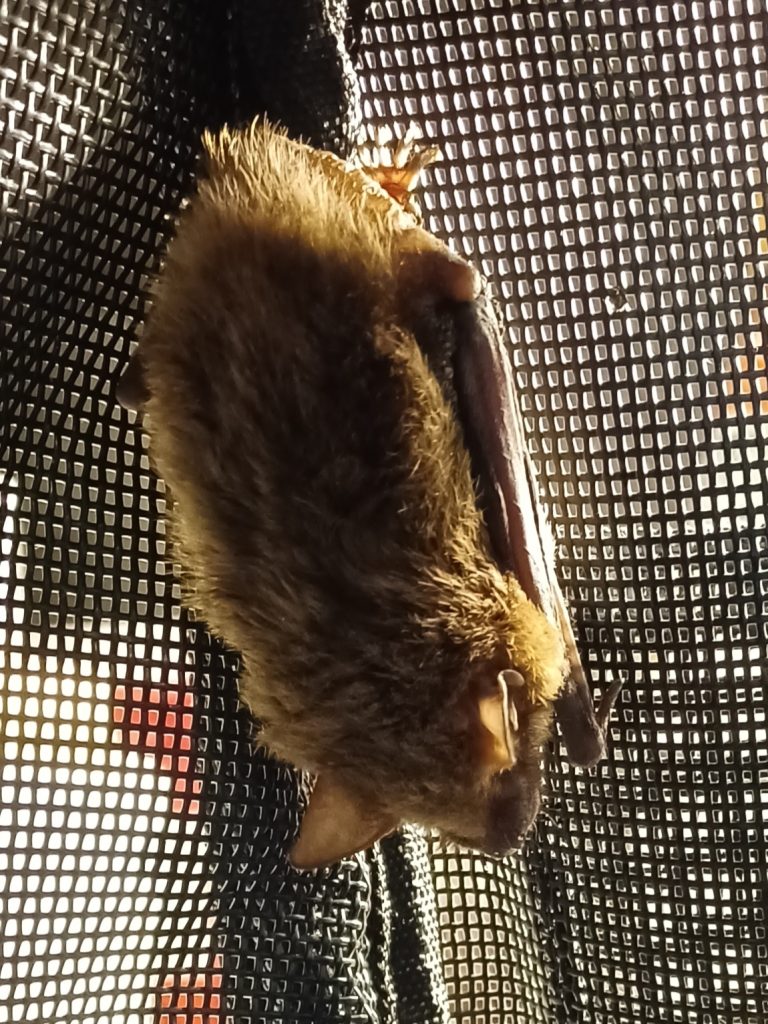





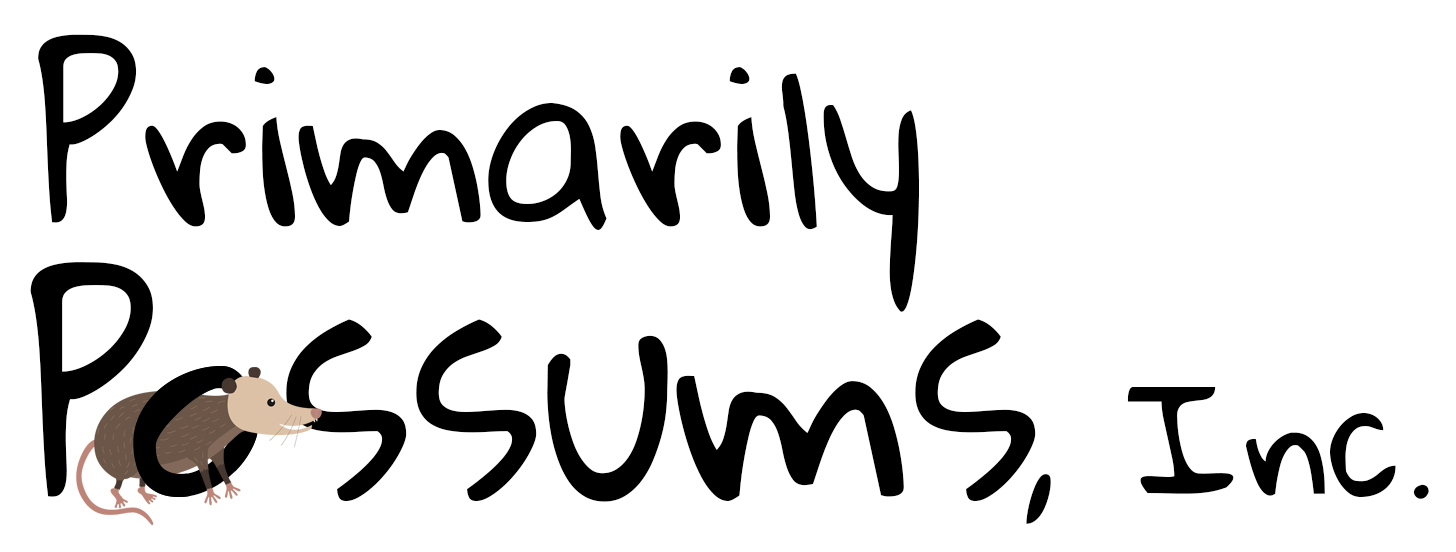
 2025 Sabbatical
2025 Sabbatical